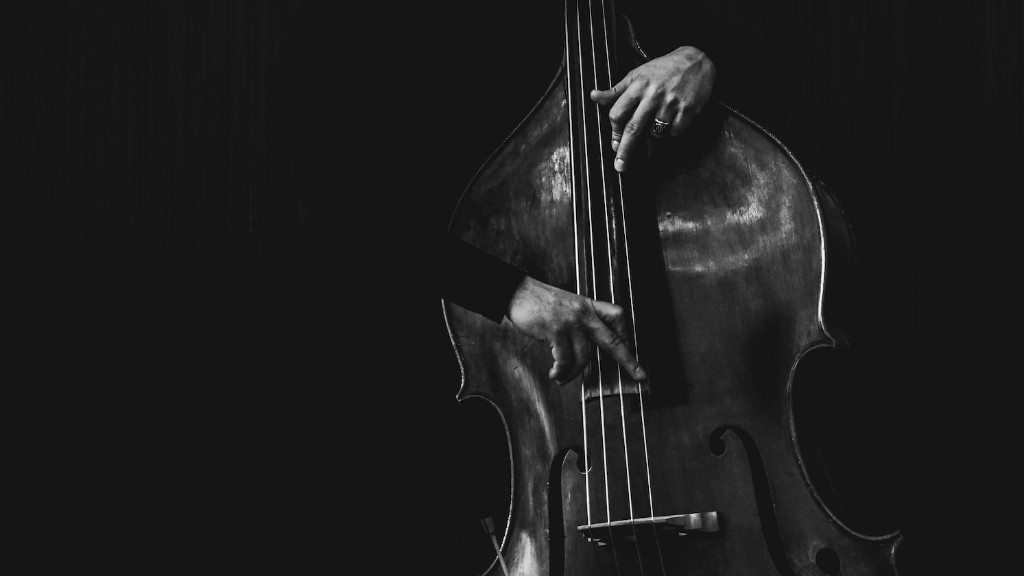Step 1: Get the Basics Right
When starting to draw Buddha, one of the most important first steps is to ensure you are portraying him accurately and respectfully. Start by studying the body form, facial features, and posture of Gautama Buddha as they are represented in traditional images. When drawing Buddha with your own artistic style, make sure to keep the most essential details designed to accurately represent him and prevent it looking caricature-ish or offensive.
In general, Buddha is typically portrayed with a large head, wide forehead, and a gentle expression with closed eyes and a half-smile. He often has long ears, with lobes that hang down due to their weight of wearing heavy gold earrings—a symbol of royalty. His proportions in body should be similar to any other male as he was a human being.
Step 2: Choose Your Medium
Traditional representation of Buddha used most often employed ink and brush painting on paper or silk cloth. This is typically done for a flat surface where small and fine shapes or textures can be achieved. The most common topics for Buddhist paintings were Buddhist themes, such as the life of Buddha and stories from the Buddhist texts.
However, you can still draw Buddha in traditional or modern mediums such as pens, pencils, oil paints, digital format, or even sculpture. Whichever you chose, maintaining the essential details of Buddha’s traditional representation is still important.
Step 3: Prepare Your Surface
Whether drawing with traditional media such as ink and brush, or modern media such as pens, pencils and digital, you will require a surface to work on. For paper-based mediums such as ink painting, traditional Chinese xuan paper ( Xuanzhi) is a commonly used paper known for its quality, soft texture and foldable nature.
For other modern mediums such as pens and pencils, any smooth enough surface is suitable—ideally, with the right paper weight and texture. Prior to brushing on your ink or paint, a primer layer needs to be prepared for ensuring a stronger, smoother finish.
Step 4: Start Drawing
With your medium and surface prepared, it’s time to start laying down the basic shapes and building up the details to craft a believable and representational image of Buddha.
Start by blocking out the most essential shapes and features of the head with light strokes. Using either a single-color medium like ink or multiple colors with paint, gradually build up the details while keeping the overall image balance and harmony. As you progress, ensure all sections are refined where needed to ensure proper tone and contrast of the painting.
For traditional painting, neat and precise lines may be used to create wrinkles and details along the face, body, and robe. Whereas for modern mediums, layering up with the right color will help create a more realistic skin- and fabric-shading.
Step 5: Finishing Touches
Once you are satisfied with how the overall image looks, it is time to add in details and finishing touches to make it look perfect. With Buddha’s robes, use multiple shades and hues to go over the parts of the fabric to create a realistic-looking drape, while painting fabrics in soft, almost invisible light brush strokes.
For Buddhist figures, add a few drops and dabs of gold on the face, head and robe. However, this is to be done attentively, in order to maintain a sense of harmony, as these details can easily make the painting look too jarring or loud.
Finally, it is time to give your drawing an overall check and make small tweaks here and there according to personal preference. With a few naturalistic touches and homemade fiddles, your painting of Buddha will be finished and ready for display or for the world to see.
